Name Kameshwar Singh | ||
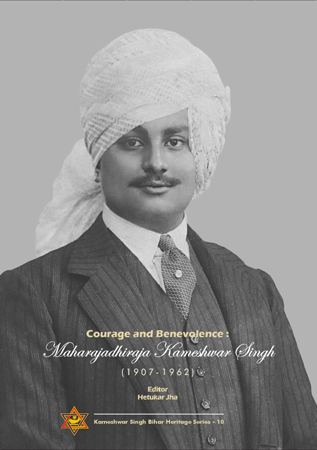 | ||
Kameshwar singh darbhanga Sanskrit university darbhanga bihar
Maharaja Sir Kameshwar Singh Goutam Bahadur, K.C.I.E., LL.D., D.Litt. (28 November 1907 – 8 November 1962), the Maharaja of Darbhanga was an Indian nationalist. He was also the Zamindar of Darbhanga Raj in the Mithila region from 1929 – 1952, when zamindari was completely abolished, after Independence of India.
Contents
- Kameshwar singh darbhanga Sanskrit university darbhanga bihar
- Kameshwar singh
- Biography
- Philanthropist
- Industrialist
- Memorials
- References
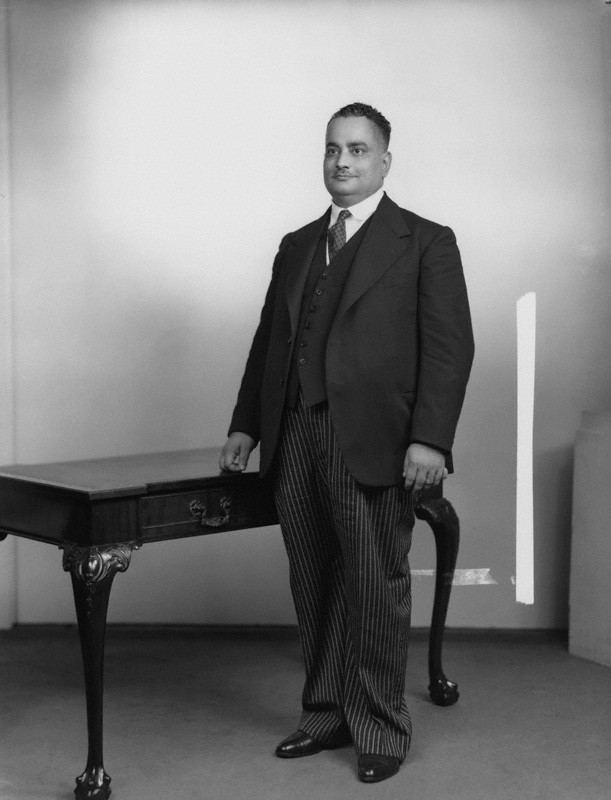
Kameshwar singh
Biography

He was the son of Maharaja Sir Rameshwar Singh Goutam, the Zamindar of Darbhanga Raj. He was born on 28 November 1907 at Darbhanga in a Maithil Brahmin family. He succeeded, to the throne of his estate of Darbhanga Raj, upon death of his father on 3 July 1929.
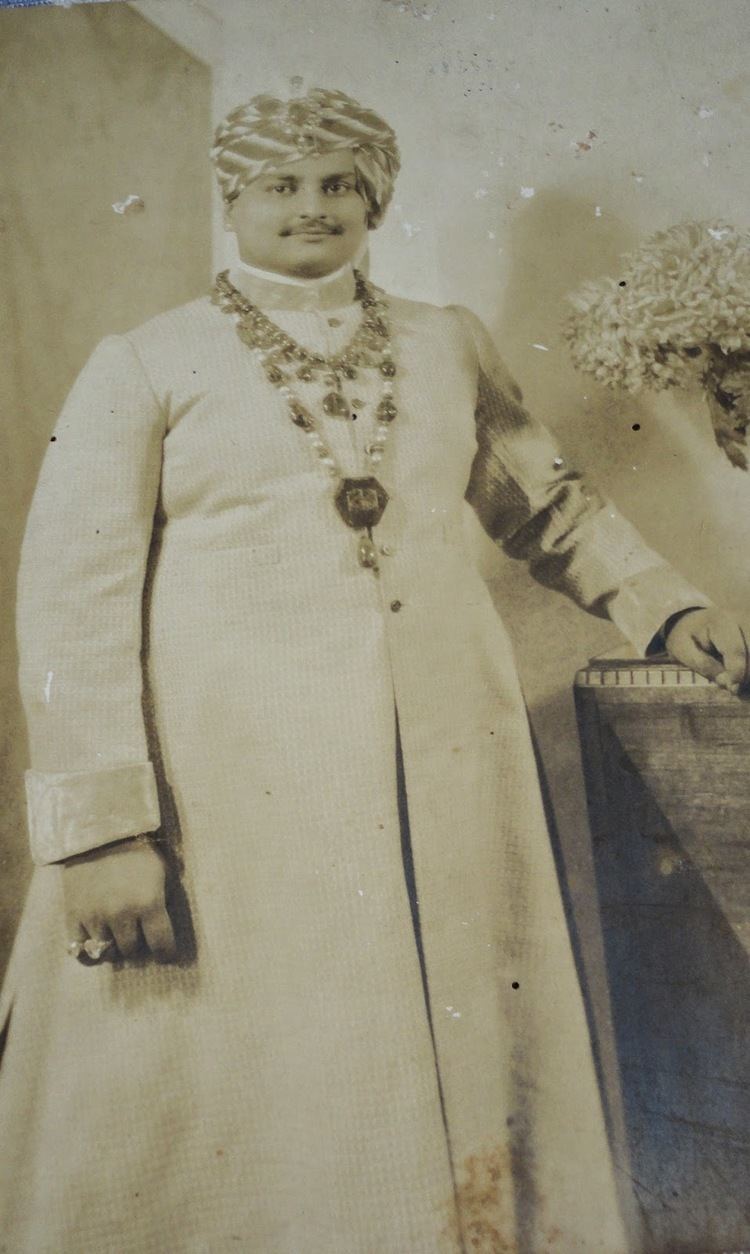
He was member of the team that visited London for the First round Table and the Second Round Table Conference held in 1930–31.
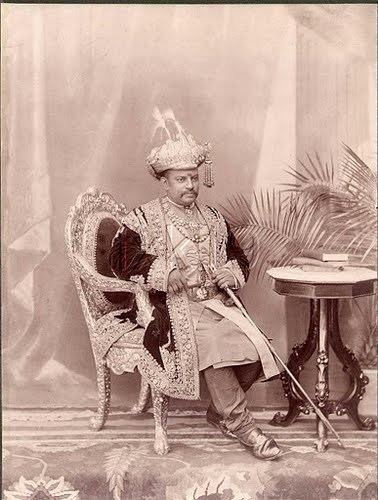
He was member of the Council of State for years 1933–1946, member of the Constituent Assembly of India for years 1947–1952. He was elevated from C.I.E. and made a Knight Commander of the Most Eminent Order of the Indian Empire on 1 January 1933.
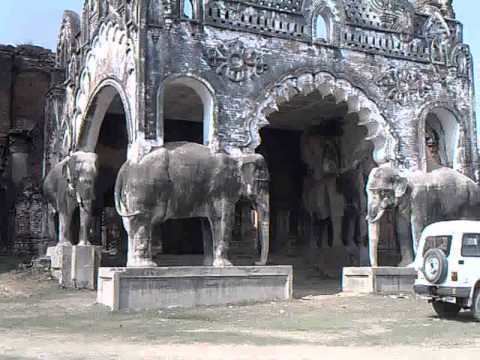
After, the 1934 Nepal–Bihar earthquake, he started construction of a fort called Raj Quila, to commemorate the memory, when the British Raj announced to confer the title of "Native Prince" to Maharaja Kameshwar Singh. The contract was given to a Calcutta-based firm and work was on in full swing in 1939–40. Three sides of the fort were constructed with all the protective measures till work was stayed because of litigation and a stay order from the high court. With the abolition of native royalties by the Indian government post-Independence, work on the fort was eventually abandoned.
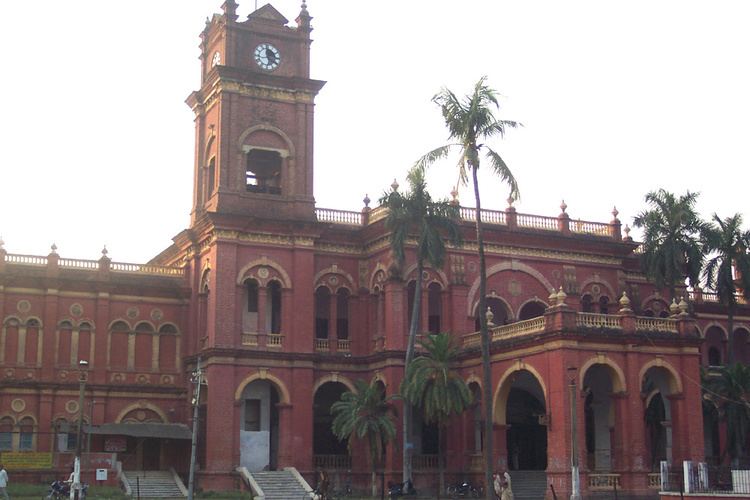
After independence of India, he was elected as Member of Parliament (Rajya Sabha) 1952–1958 as a Jharkhand Party candidate and got re-elected again in 1960 and was a member of Rajya Sabha till his death in 1962.
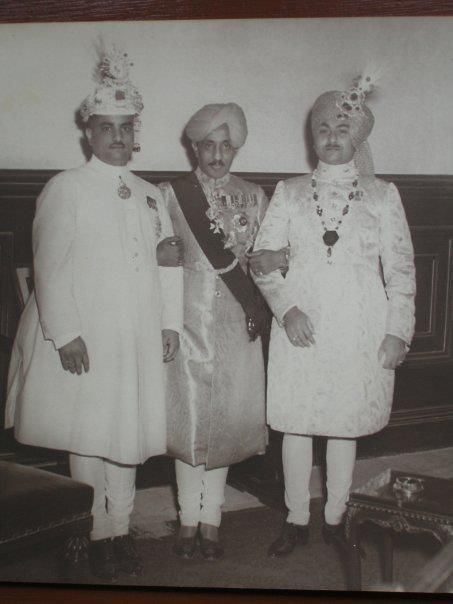
He also was the President the Maithil Mahasabha from 1929–1962. and also President of the Sri Bharat Dharma Mahamandal.

He was lifetime president of Bihar Landholders' Association and also served as the President of the All-India Landholders' Association and Bengal Landholders' Association. Further, he was elected as the president of the Bihar United Party of per-independence era. and guided its policy during the critical years of Agrarian disquet in Bihar.
Philanthropist
He was the first person in India to get a bust of Mahatma Gandhi made, by celebrated artist Clare Sheridan, cousin of Winston Churchill. The bust was presented to the Viceroy of India, Lord Linlithgow, to be displayed in Government House (now Rashtrapati Bhawan). This was acknowledged by Mahatma Gandhi in a letter to Lord Linlithgow in 1940.
He served a pro-vice-chancellor of Benaras Hindu University, to which his father Sir Rameshwar Singh was a major benefactor. He chaired the special meeting in 1939, when Madan Mohan Malviyaji voulatarily stepped down as Chancellor of BHU and Radhakrishnan was uninamiously elected to the post.
In 1930, Sir Kameshwar Singh, donated Rupees One Lakh and twenty-thousand to University of Patna for encouragement of vernacular language.
After, independence of India, in 1951, when the Mithila Snatkottar Shodh Sansthan (the Mithila Post-Graduate Research Institute), located at Kabraghat, was established on the initiative of Dr. Rajendra Prasad, first President of India at that time, Maharaja Kameshwar Singh donated a building along with 60 acres (240,000 m2) of land and a garden of mango and litchi trees located beside the Bagmati river in Darbhanga to this institution. He in a major act of philanthropy, gifted in a ceremony on 30 March 1960, his Anand Bagh Palace to start a Sanskrit University, now named after him as Kameshwar Singh Darbhanga Sanskrit University
Industrialist
Maharaja Kameshwar Singh was one of the noted industrialists and businessman of the region, and he was one of the top 10 richest persons of India that time. The investments in businesses and industries was started during reign of his father Sir Rameshwar Singh, who was also the co-founder of Bengal National Bank in 1908.
Kameshwar Singh, who inherited some his father's legacy, further expanded his stake in varied industries. He controlled 14 businesses producing sugar, jute, cotton, coal, railway, iron and steel, aviation, print media, electricity and other products.
Some of the major companies controlled by him were : Darbhanga Aviations (an airlines company owned by him); The Indian Nation and Aryavatra – newspaper, Thacker Spink & Co; a publishing company; Ashok Paper Mills, Sakri Sugar Factory and Pandaul Sugar Factory, Rameshwar Jute Mills, Darbhanga Dairy Farms, Darbhanga Marketing Co, Darbhanga Lahoriasrai Electric Supply Corporation, Walford, an automobile showroom at Calcutta. Further, he held controlling or major stakes, among others, in British India Corporation, which owned several mills in Kanpur & other parts, Octavius Steel (a large conglomerate having varied interests in Steel, Jute and Tea); Villiers & Co (colliery), through his company, Darbhanga Investments.
